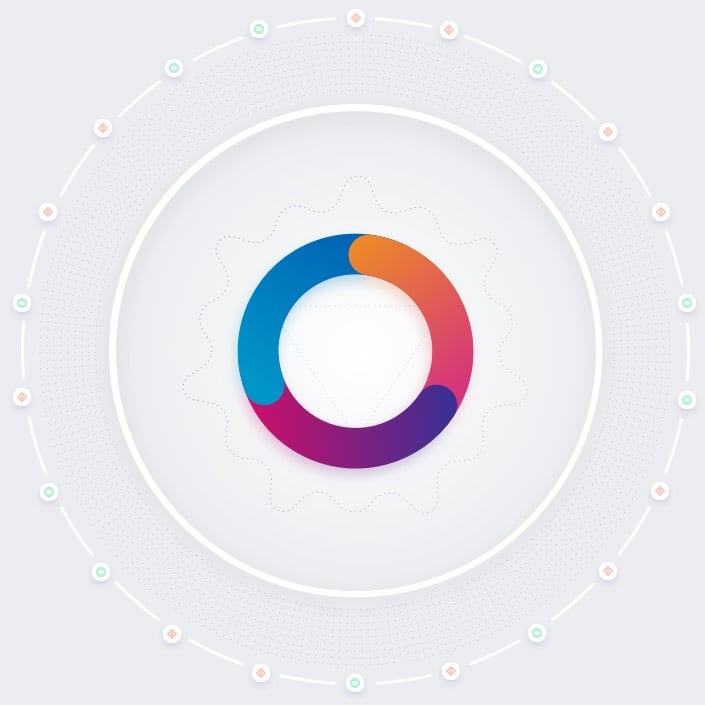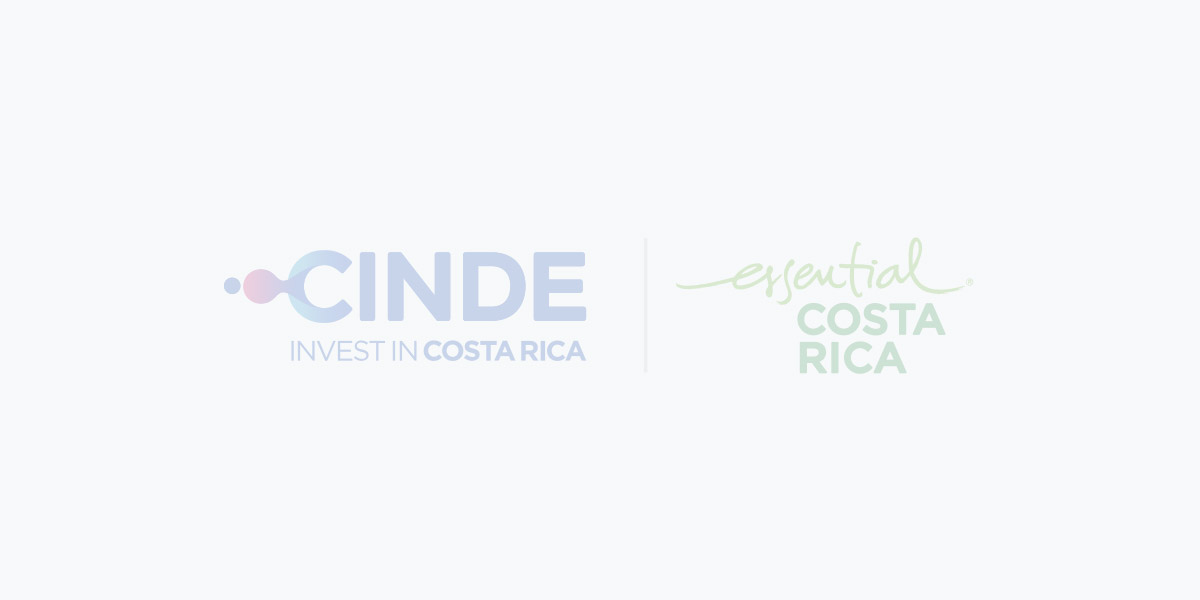NEWS
Google Special Collects is now in Costa Rica
• The world now can enjoy Costa Rican
360 °
sights: a total of 76 tourist and cultural places are available in Google Maps.
• Universities and airports are part of the registered places that stand out in the collection.
San José, Costa Rica. July 17th, 2018. The more than 580 kilometers that separate San José from Isla del Coco, will no longer be an obstacle to get to know and enjoy the biodiversity, both marine and terrestrial, of this exuberant place. Thanks to the technology, anyone can access the wonders of Costa Rica, either if it is from a computer or a cell phone with internet connection and
Google Maps.
Google announced the arrival of Special Collects to Costa Rica, thanks to the support of the country brand Essential COSTA RICA and different organizations, such as the Costa Rican Investment Promotion Agency (CINDE), the National System of Conservation Areas (SINAC), the Agency for the Protection of Inhabitants' Data (PRODHAB), the Costa Rican Tourism Institute (ICT), the University of Costa Rica, the Municipality of San José, among others. It was possible to capture the images in 360 ° of cities, as well as the interior of theaters, airports, markets, museums and many other attractions.
"The Costa Rica of the Bicentennial requires the impulse in the digital economy in a transversal way in all fields, in this case, the tourism sector is fundamental. This shared effort between the government and the private sector shows the effectiveness of using artificial intelligence, augmented reality and other emerging technologies in the drive for a better country,” said the Minister of Science, Technology and Telecommunications, Luis Adrián Salazar.
For seven months, the Google team worked on taking pictures of the center of the Costa Rican capital: San José and other provinces of the country. Isla del Coco and its beauties stand out among the places registered.
Costa Rica is among the first countries in the Central America and Caribbean region (followed by Bermuda, Puerto Rico, part of the Virgin Islands and Guatemala) where is available Special Collects. Google has the world map: more than 220 countries and territories.
The Minister of Tourism of Costa Rica and member of the Committee of the country brand Essential COSTA RICA, María Amalia Revelo said: "By choosing Costa Rica, Google Special Collects is recognizing and enhancing the natural, historical and cultural value of a variety of national jewels. For the Costa Rican Institute of Tourism, this is a wonderful example of how to put technology at the service of promoting tourism. The 360° images of the 76 different destinations that were photographed will allow users to embark on a journey to places where cars do not even arrive, gems that have been difficult to access, such as Isla del Coco, or explore from another perspective panoramic views of more known places that have become part of our daily life as La Sabana and capital museums. We celebrate the public-private partnership that made this project possible ".
Giovanni Stella, General Manager of Google for Colombia and Central America and the Caribbean explained: "Costa Rica has great tourist and cultural attractions, sites that have to be exploited and shared with the world. In Google we always put the user first, that's why we work every day to innovate and provide them with all those improvements, reinforcing our goal of contributing to the digital ecosystem of the region and remain committed to the country. Google's mission is to organize the world's information and make it universally accessible and useful, a job we see reflected in this release today, with information that can be accessed from anywhere in Costa Rica and beyond. "
What can you learn about Costa Rica through Special Collects?
You can enjoy the natural richness of: Isla del Coco, Hermosa Beach, Ocotal, Playas del Coco, among others.
Also, cultural places such as the Ruins of Cartago, the Jade Museum, the National Gallery, the Museum of Numismatics, the Pre-Columbian Gold Museum, the Museums of the Central Bank of Costa Rica, the National Museum, the Museum of Visual Arts, the Juan Santamaría International Airport, the Church of San Isidro de Coronado, the Basilica de los Ángeles, the National Stadium, the Amusement Park, the Peace Park, the Ocean Ranch Park, the Fraijanes Park, the Llanos del Cortés Waterfall also appear on the list, the St. Bartholomew Apostle Catholic Church, the Leaf Forest, Los Manantiales Recreational Park (Alajuela), and many other sites.
Simple and useful
The use of Special Collects is simple. By entering maps.google.com, users can search or identify the place they prefer to explore, then the link to Maps or the 360-degree panoramic view appears directly. Also, from Google Maps you can take the orange puppet named Pegman, located on the left side and drag it to the desired place, until the blue line appears to go through the site.
Street View has become one of the most popular applications of Google Maps for its usefulness. It allows to perform virtual tours and check the addresses of public places and see them as if you were there.
Cutting-edge technology
The process was done with the Trekker and Tripod, technologies that allow taking pictures in places where the car cannot enter, reason why it is called Special Collects.
With the Trekker, a total of 60 sites were collected in Costa Rica. This tool is special for outdoors and works by placing the camera in a backpack that hangs on the back of a person who walks as the images are collected.

The shots of closed places or where the car cannot pass, are made through a Trekker that captures photos in a special equipment that looks like a backpack.
On the other hand, with the Tripod (system designed for interiors) a total of 16 spaces were photographed, among them: The Basilica de los Ángeles, the Children's Museum, the Juan Santamaría International Airport, the Pre-Columbian Gold Museum, among others.
(Complete list)
Collecting images inside the Children's Museum, Costa Rica, with the Tripod.
Privacy
Google has developed a technology that allows the faces and license plates of vehicles to be blurred out to respect their privacy. Additionally, it offers easy access tools so that users can report images that they consider inappropriate or sensitive, which are reviewed and subsequently removed.
PRESS
CONTACT
Ericka Montero Quesada
ericka.montero@leerconsultores.com
Fabiola Domínguez Aguilar
fdominguez@cinde.org
andnb







